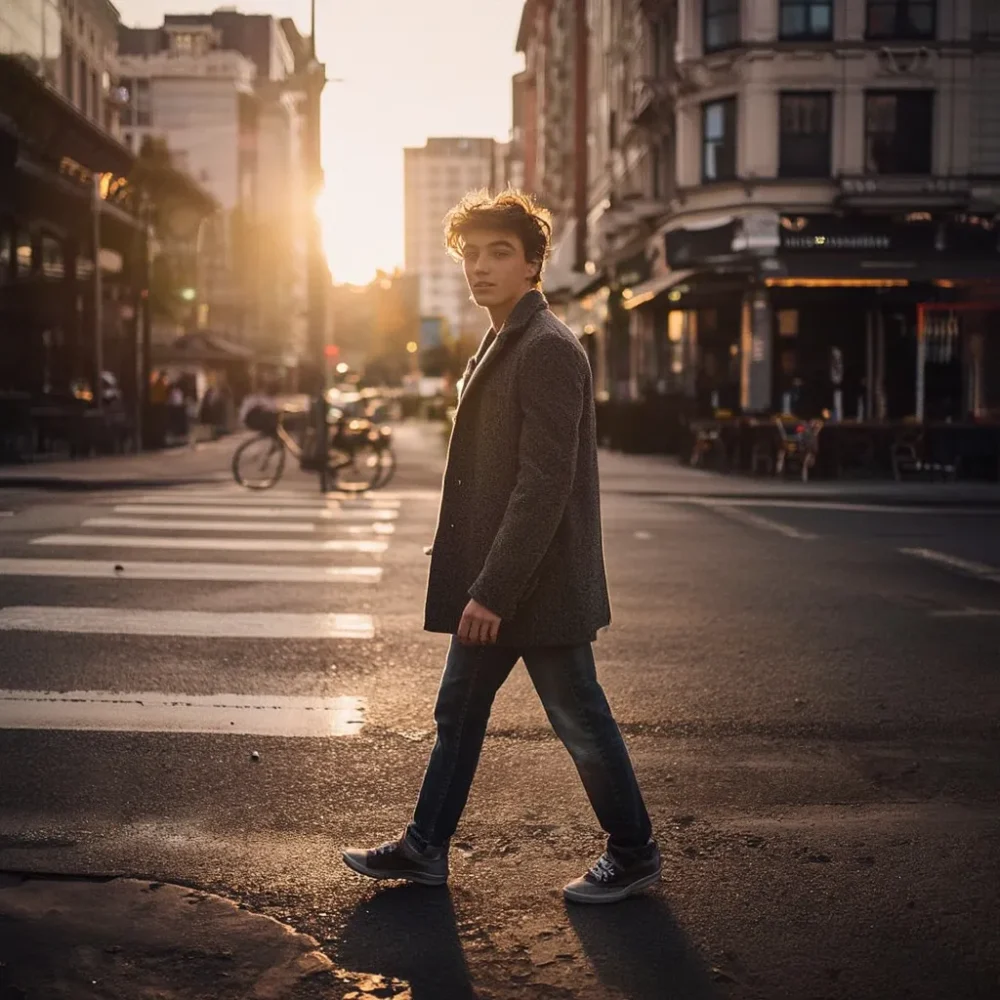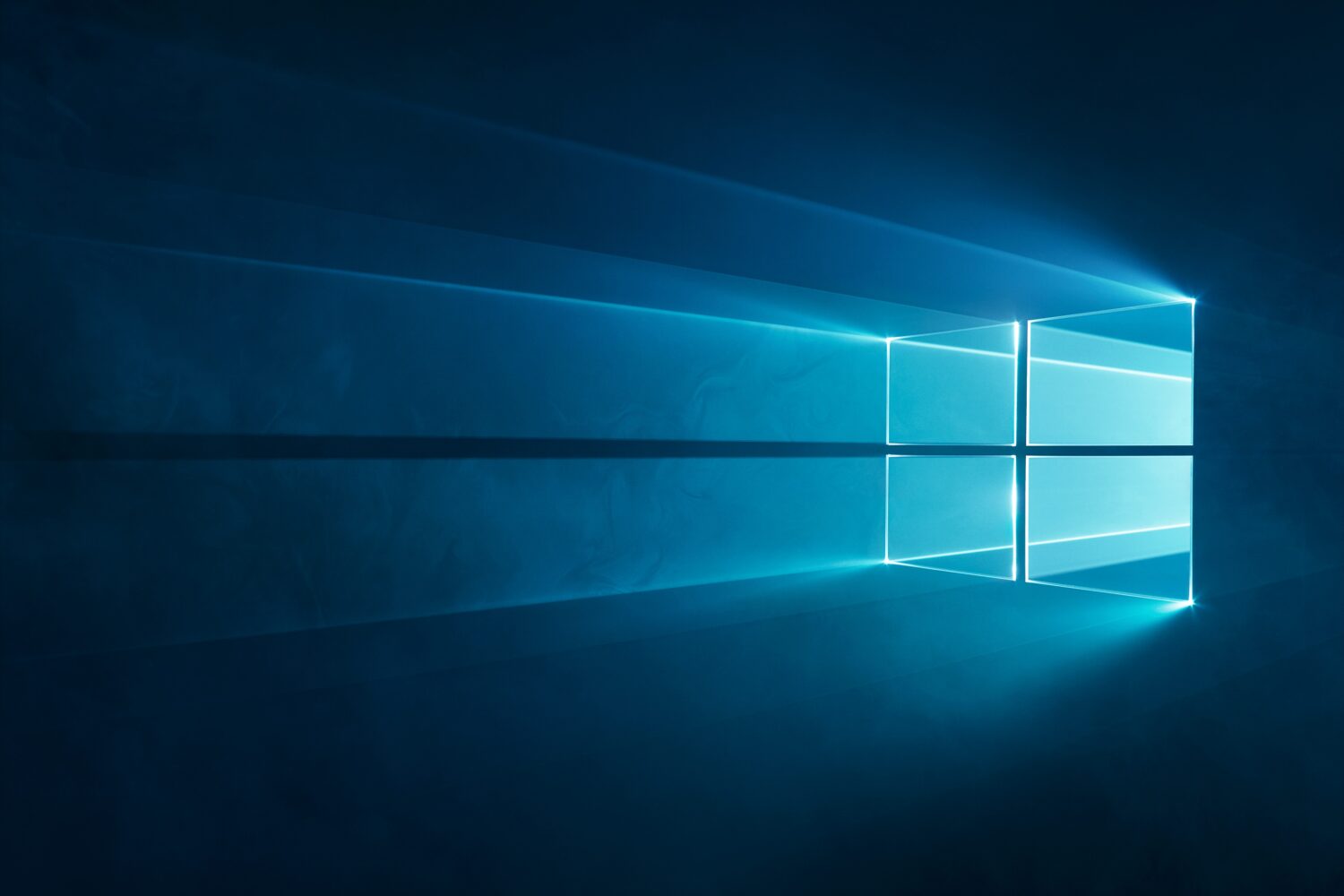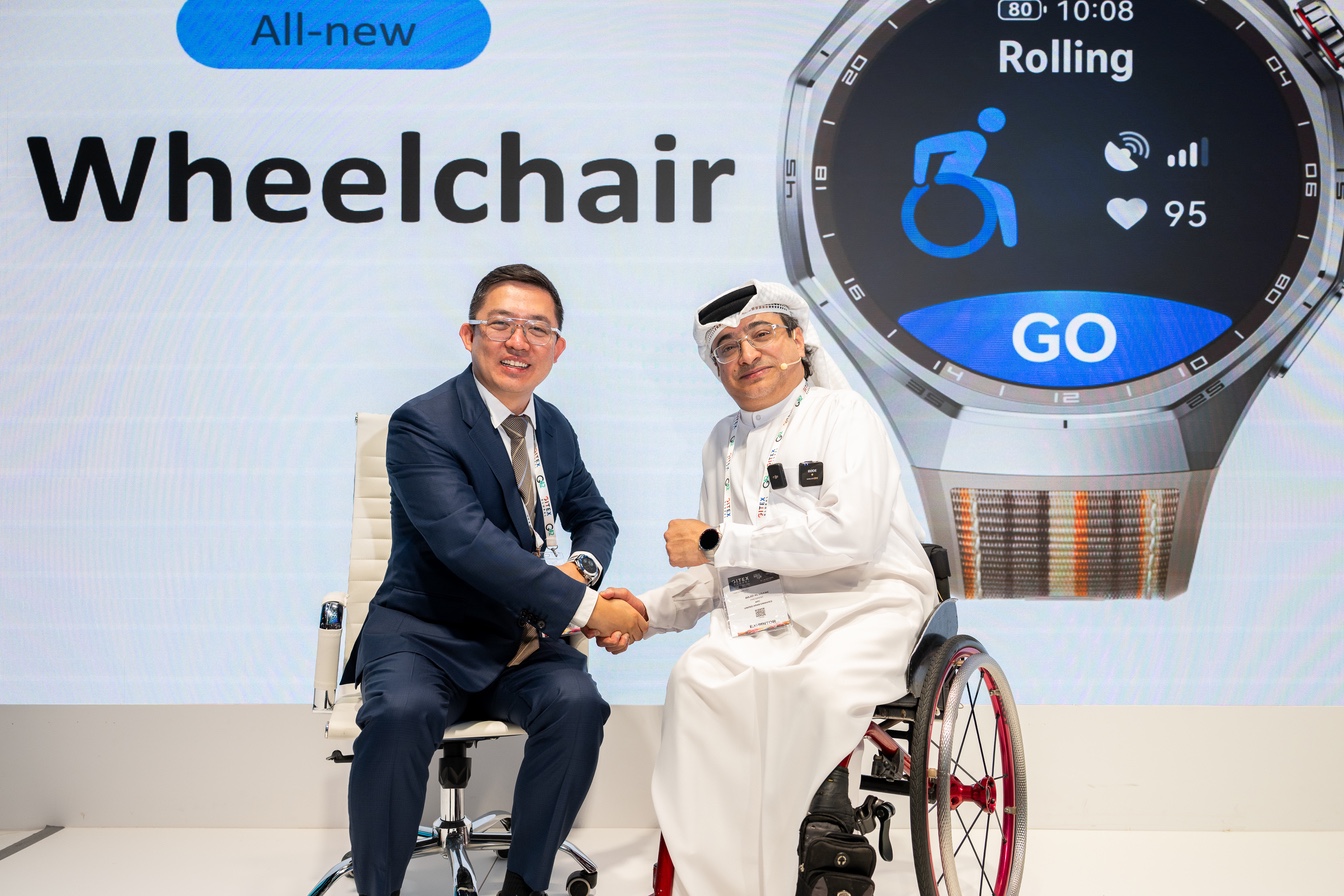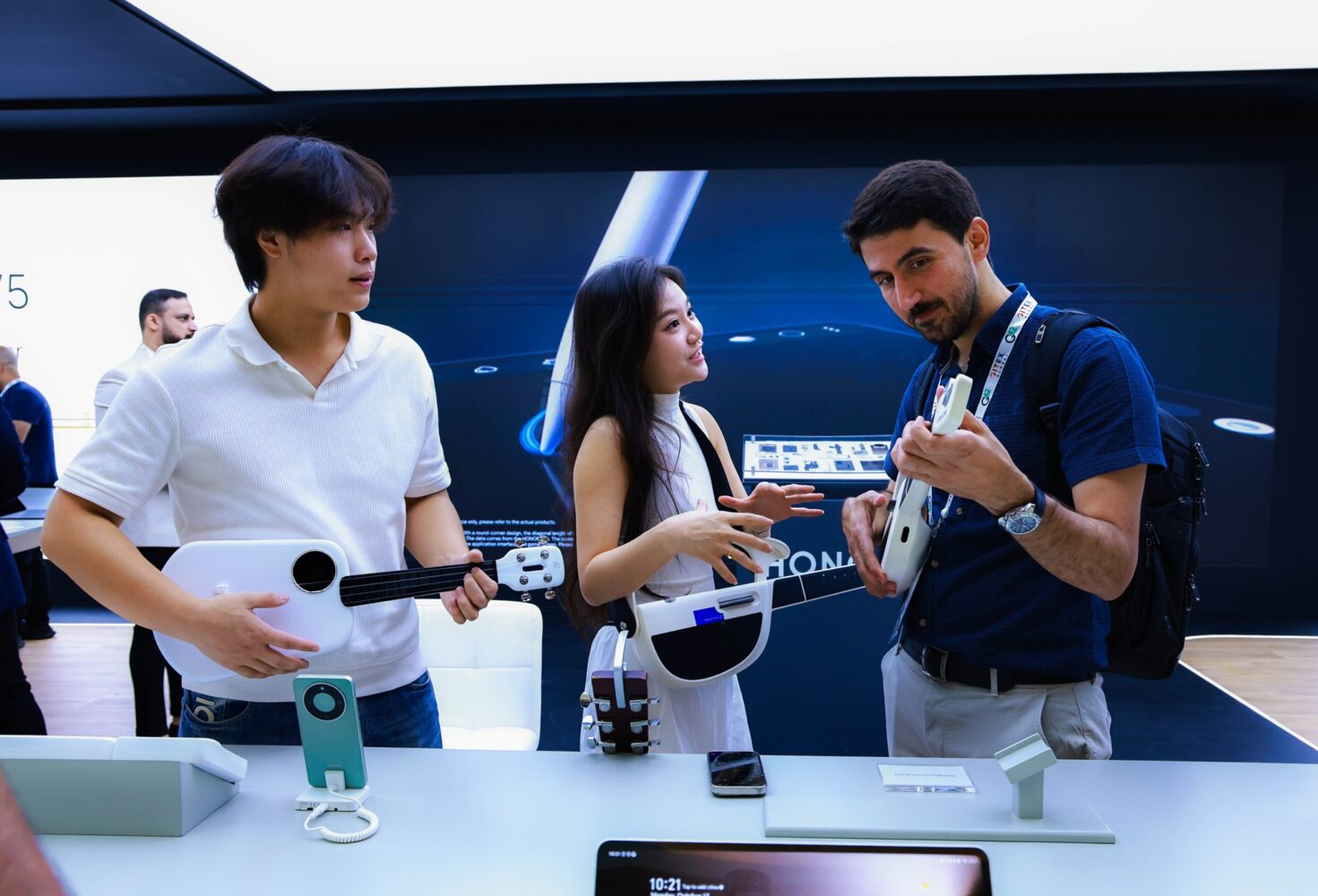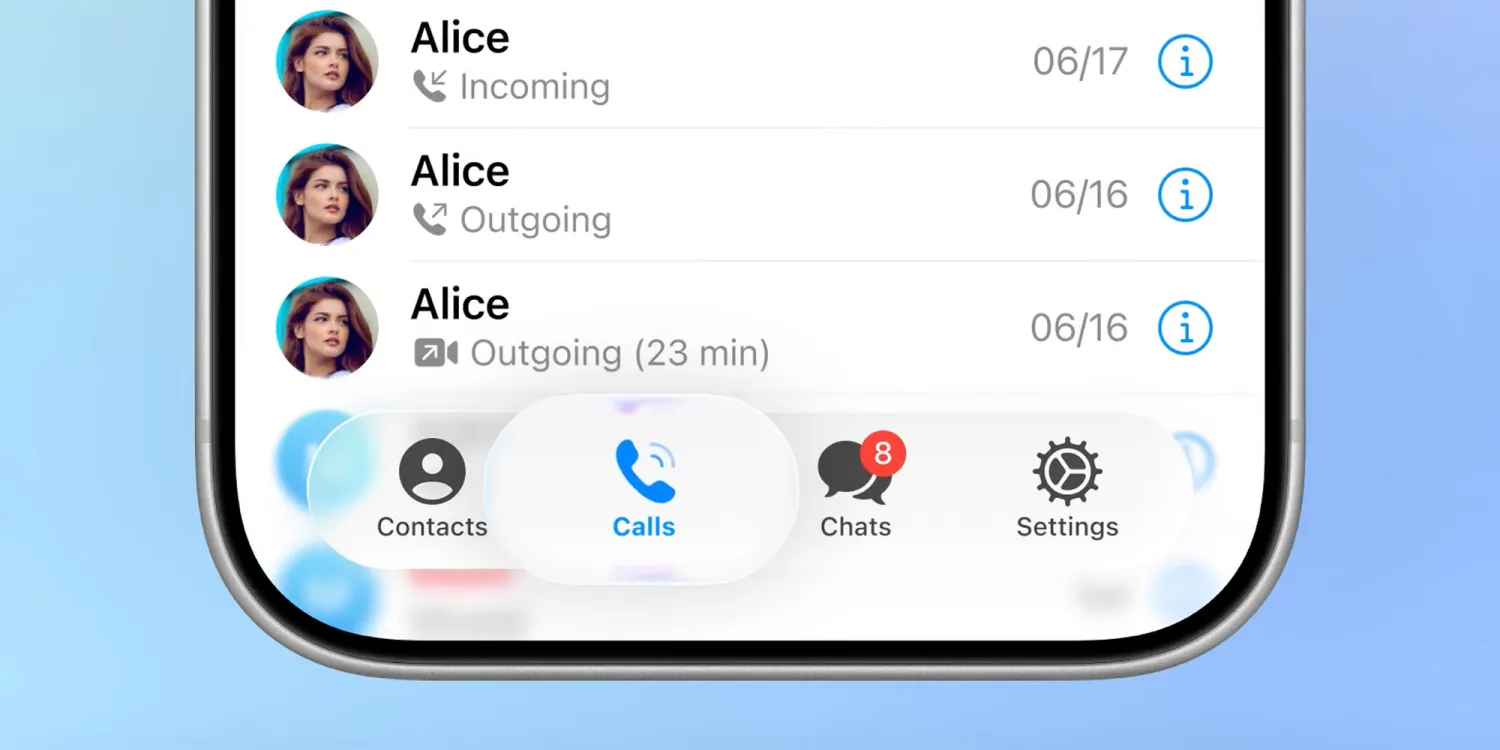Microsoft has unveiled MAI-Image-1, its first in-house text-to-image generator — a milestone in the company’s expanding effort to build its own family of AI models rather than relying solely on external partners like OpenAI. The new model, developed by the Microsoft AI division, is described as a fast, high-fidelity system capable of producing detailed, photorealistic visuals while maintaining tighter creative control and safety oversight.
According to Microsoft, MAI-Image-1 was built with direct input from artists, designers, and creative professionals to counter one of the biggest criticisms of AI art tools: the tendency to generate repetitive or overly stylized results. The model is optimized for natural realism — excelling in textures like lightning, water, and landscapes — and, the company claims, outperforms some larger competitors in rendering speed.
Early benchmark results seem to support that assertion. MAI-Image-1 has already entered the top ten ranking on LMArena, a community-run leaderboard where users pit AI image generators against each other and vote on the best results. The placement gives Microsoft an early signal that its internal research is competitive with established systems like Midjourney, Stable Diffusion, and DALL-E.
The new generator is part of a broader family of proprietary models that includes MAI-Voice-1, a speech generation system, and MAI-1-preview, Microsoft’s experimental chatbot. Collectively, these efforts point to a long-term strategy to reduce dependency on outside AI providers. Although Microsoft remains a key investor and infrastructure partner for OpenAI, its recent partnerships with Anthropic and ongoing model training projects suggest a deliberate pivot toward self-reliance.
Microsoft says MAI-Image-1’s design prioritizes both efficiency and safety. The company has promised to implement robust guardrails to minimize the generation of harmful, biased, or copyrighted content — a growing area of scrutiny for image synthesis systems. While hands-on testing is still pending, Microsoft emphasized that responsible deployment remains central to its rollout plan.
By developing its own image generator, Microsoft joins the ranks of major tech players like Google, Meta, and Adobe, who are racing to develop proprietary creative AI engines. The move could also give Microsoft tighter integration between its image model and the wider Copilot ecosystem, allowing users to generate visuals directly within Microsoft 365, Designer, or Bing Image Creator under a unified architecture.
Whether MAI-Image-1 will significantly shift the competitive landscape remains to be seen, but its debut marks an important symbolic shift: Microsoft is no longer just a distributor of AI technology — it’s becoming a full-scale creator of it.

